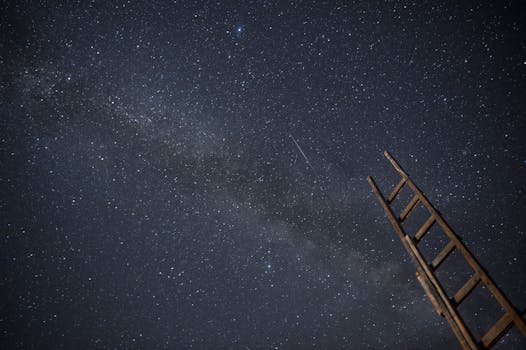
“
Beyond the Milky Way: Imagining New Worlds and Possibilities
Introduction to the Cosmos
Beyond the Milky Way: Imagining New Worlds and Possibilities is an intriguing topic that has captured the imagination of astronomers, scientists, and space enthusiasts for centuries. The Milky Way, our home galaxy, is just one of billions of galaxies in the observable universe. As we continue to explore and understand the vast expanse of the cosmos, we are drawn to the possibility of discovering new worlds, life forms, and civilizations beyond our galaxy.
The universe is estimated to be around 13.8 billion years old, with over 100 billion galaxies, each containing billions of stars and potentially habitable planets. The discovery of exoplanets, planets that orbit stars other than the Sun, has opened up new avenues for research and exploration. With thousands of exoplanets discovered so far, the possibility of finding life beyond Earth is becoming increasingly plausible.
Exploring the Galaxy and Beyond
Space exploration has come a long way since the launch of the first artificial satellite, Sputnik, in 1957. Today, we have a plethora of space agencies, private companies, and organizations working together to advance our understanding of the universe. From the International Space Station to the Mars Curiosity Rover, we are continually pushing the boundaries of space travel and exploration.
The search for life beyond Earth is an ongoing endeavor, with scientists using a variety of methods to detect biosignatures, such as the presence of oxygen, methane, or other biomarkers in the atmospheres of exoplanets. The discovery of water on Mars, Enceladus, and Europa has also sparked interest in the possibility of life existing on these celestial bodies.
Imagining New Worlds and Possibilities
As we explore the galaxy and beyond, we are forced to confront the possibilities of what we might find. Will we discover intelligent life, or will we find that we are alone in the universe? The search for extraterrestrial intelligence (SETI) has been an ongoing effort, with scientists using radio telescopes to listen for signals from other civilizations. For a deeper dive into this topic, check out the infinite universe of imagination.
The possibility of colonizing other planets and moons is also a topic of interest, with both government agencies and private companies like SpaceX and Blue Origin working towards establishing a human presence in space. The idea of terraforming, or making a planet habitable for human life, is also being explored, with Mars being a prime target. For insights on this, you might find Galaxies of Dreams particularly engaging.
Takeaways and Future Directions
In conclusion, the exploration of new worlds and possibilities beyond the Milky Way is an exciting and rapidly evolving field. As we continue to push the boundaries of space travel and exploration, we are forced to confront the possibilities of what we might find. The search for life beyond Earth, the colonization of other planets, and the possibility of intelligent life are all topics that will continue to captivate our imagination and drive our pursuit of knowledge.
Key takeaways from this article include:
- The universe is vast and contains billions of galaxies, each with billions of stars and potentially habitable planets.
- The discovery of exoplanets has opened up new avenues for research and exploration.
- The search for life beyond Earth is an ongoing endeavor, with scientists using a variety of methods to detect biosignatures.
- The possibility of colonizing other planets and moons is a topic of interest, with both government agencies and private companies working towards establishing a human presence in space.






